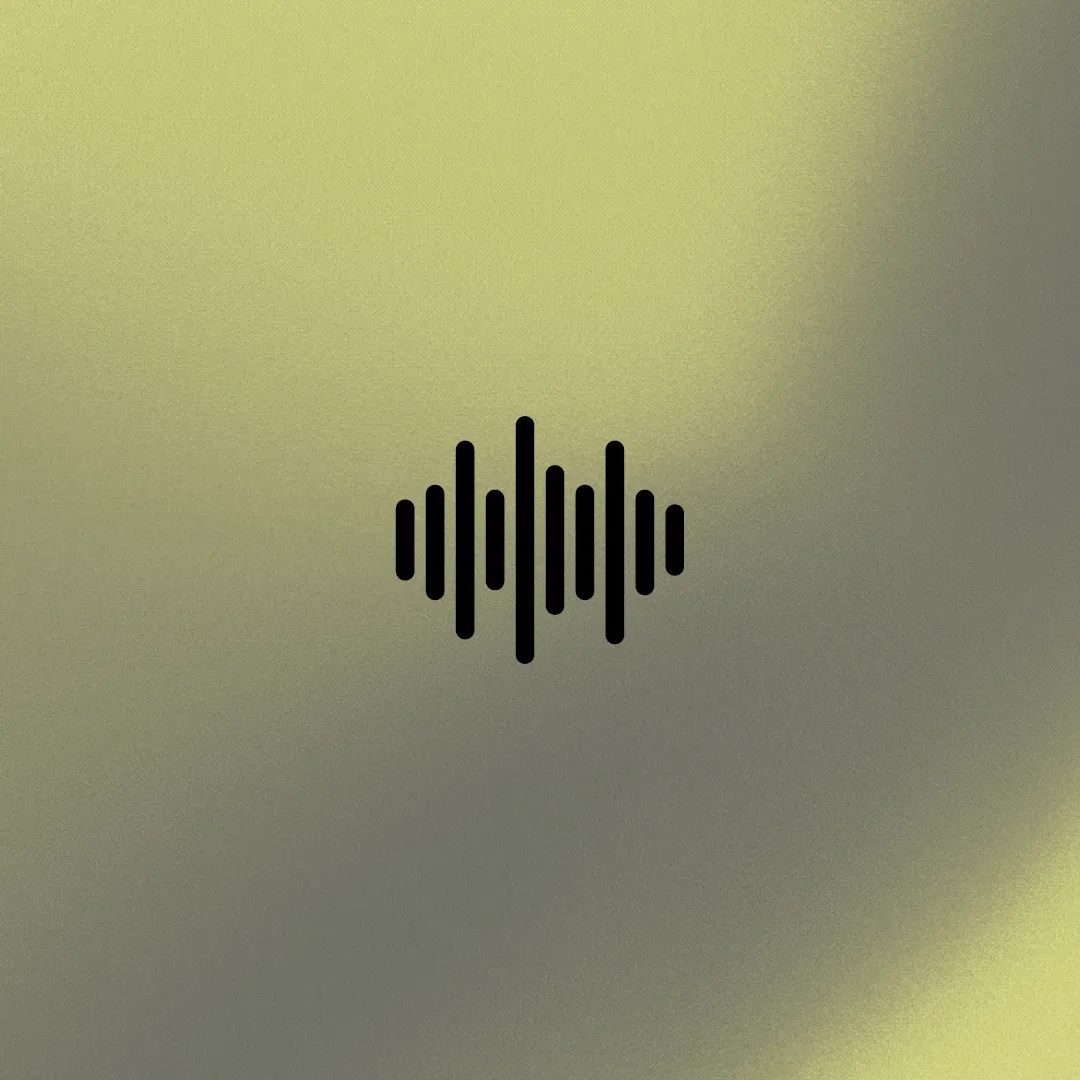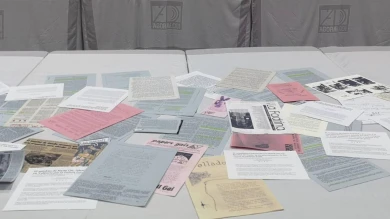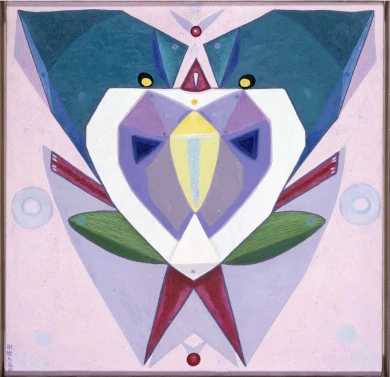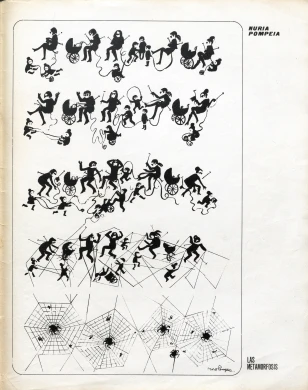The work of Eisenman, one of the most original and innovative art historians in recent times, casts light on today’s central problems — political violence, animalism, human rights — through a double commitment: social, in relation to his work as an activist, and methodological, through his research and its concerns with social approaches to art history. Eisenman explores issues with ethical and disciplinary significance, elucidating a critical standpoint and acknowledging the ideological ties that join somewhat distant pasts to those which direct his gaze and the present we inhabit. Through his works, therefore, he examines the 19th century as the origin of a tumultuous contemporaneity (Nineteenth Century Art: A Critical History, 1994) or demonstrates the point at which our tolerance before explicit images of violence is historically rooted in a representational tradition dating back to the dawn of Western art and which aestheticises, and even eroticises, the pain of others (The Abu Ghraib Effect, 2007).
This year the programme comprises two sessions: an encounter and a master lecture, and in both Eisenman will reflect upon so-called ‘black ops’, understood as police or military interventions carried out covertly by States. The purpose of such operations is to destroy political, ethnic or class differences, precisely as the Nazi Party’s theorist Carl Schmitt formulated with “the extermination of heterogeneity”. The modern ‘visual ideology’ of black ops, implemented by means of mass entertainment, political staging and military deployments, is based on a rhetoric of denial: black vs white, night vs day, cold vs hot, nakedness vs protection, noise vs silence, hunger vs satiety. These antinomies thus legitimise the total control of black ops agents over their ‘subjects’ as they convince them that all resistance is futile.
Yet around two centuries ago this oppressive rhetoric was also employed by artists seeking to question the moral legitimacy of the first covert modern operations, with the most pronounced examples being Francisco de Goya and William Blake. Both used black and white, or light and shadow, revealing the contingent nature of each extremity and the possibility of turning oppressors into victims and the weak into the powerful. That art, along with other more recent examples such as Pablo Picasso’s Guernica and the photographs taken in Abu Ghraib, merit renewed attention drawn to current political circumstances, at a time in which States exercise their power to incarcerate dissidents, refugees and immigrants with little or no opposition.
The Juan Antonio Ramírez Chair, which proceeds with the master lectures organised by the Museo’s Study Centre since 2010, is conceived as a space of reflection on art history, starting from its limits and vanishing points, understood as a discourse with specific attributes (iconic-visual, according to Ramírez), and hugely important to contemporary society at a time of image overload.









![Miguel Brieva, ilustración de la novela infantil Manuela y los Cakirukos (Reservoir Books, 2022) [izquierda] y Cibeles no conduzcas, 2023 [derecha]. Cortesía del artista](https://recursos.museoreinasofia.es/styles/small_landscape/public/Actividades/ecologias_del_deseo_utopico.jpg.webp)
![Ángel Alonso, Charbon [Carbón], 1964. Museo Reina Sofía](https://recursos.museoreinasofia.es/styles/small_landscape/public/Actividades/perspectivas_ecoambientales.jpg.webp)




